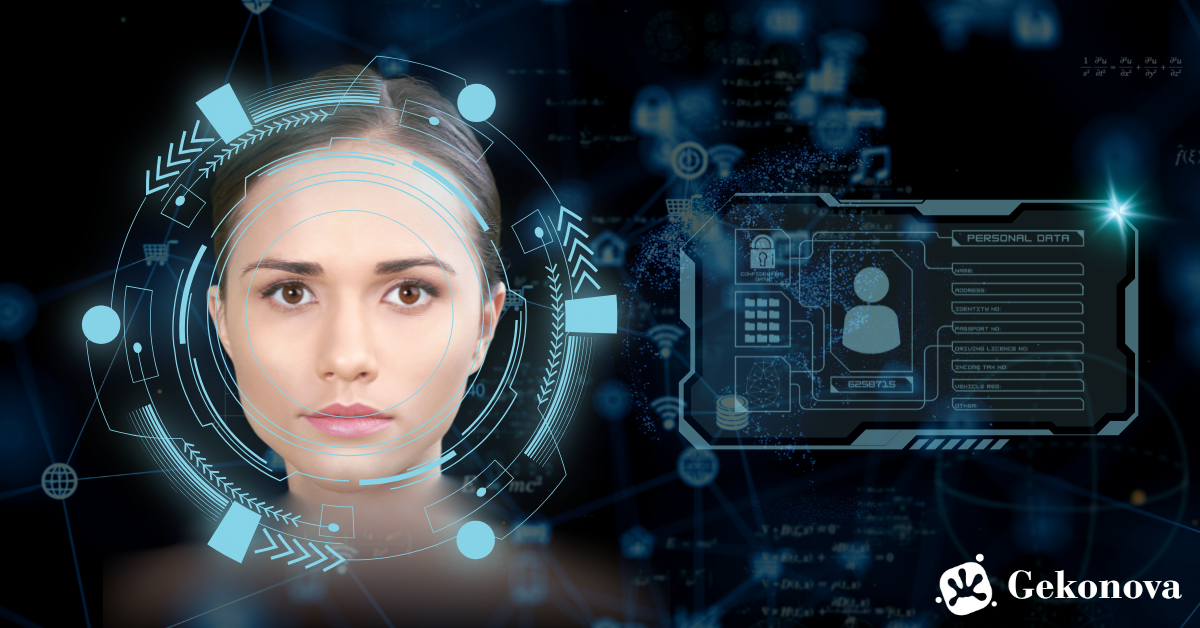Categories
Having sold facial recognition systems for years, I’ve seen customers struggle with simple oversights like bad lighting or misplaced cameras, turning cutting-edge tech into a source of frustration. My mission is to help you maximize your device’s potential, whether it’s securing your office or streamlining daily access.
These facial recognition tips, honed from real-world experience, focus on optimizing lighting and camera placement to ensure your system performs flawlessly. Let’s dive into the common challenges and practical strategies to make your facial recognition setup shine.

From my time working with clients, I’ve learned that lighting and camera placement are the foundation of effective facial recognition. This technology maps unique facial features—such as the distance between your eyes or the curve of your cheekbones—to create a digital template for authentication. Poor lighting, like harsh shadows or glare, can obscure these details, while a badly positioned camera might miss your face entirely, leading to failed scans.
I’ve fielded countless calls from users whose systems faltered in low light or because the camera was mounted at an awkward angle. Getting these factors right is essential for both accuracy and the secure, convenient experience facial recognition promises.
In my work, I’ve noticed recurring issues that trip up facial recognition systems. Knowing these pitfalls is the first step to avoiding them. Here are the most frequent challenges I encounter:
Drawing on years of troubleshooting, I’ve compiled these facial recognition tips as essential do’s and don’ts for lighting and placement to keep your system running smoothly.
Install diffused lights, like ceiling panels or softbox lamps, to evenly illuminate the face and minimize shadows. This ensures clear feature detection.
Mount the camera directly at eye level to capture the face head-on, avoiding distortion. This is critical for fixed setups like door access points.
Use a plain, non-reflective backdrop to help the system focus solely on the face. A neutral wall works wonders in busy environments.
Avoid placing cameras in front of bright sources like windows, which create a silhouette effect and obscure facial details. I’ve seen this ruin many setups.
Having the camera too close can distort features, while those too far away can lose detail. Aim for a 1-2 foot distance to where people will stand for optimal results.
Mirrors, shiny surfaces, or reflective accessories like glasses can cause glare, disrupting scans. Minimize these in the scanning area.
Here are my top six facial recognition tips for optimizing your system’s lighting and placement, based on real-world fixes that have transformed client experiences.
Soft, diffused lights—like LED panels or ring lights—eliminate harsh shadows and ensure consistent facial illumination. One client saw a 90% drop in failed scans after adding a diffuser.
Position the camera at eye level, directly facing the user, to capture facial features accurately. For a school client, lowering their entryway camera fixed chronic issues.
Ensure no bright lights or windows are behind the user, as they can darken the face. Testing the setup during peak sunlight hours helps catch this problem.
Use a plain, matte background to avoid distractions. A hotel client swapped a decorative backdrop for a solid wall, boosting their system’s reliability.
Mark a spot 1-2 feet from the camera to guide users to the ideal distance. This simple tweak helped a gym client reduce scan errors in their busy lobby.
For users with glasses, tilt lights slightly to avoid reflections. A corporate client resolved frequent mis-scans for their bespectacled staff with this adjustment.
Beyond lighting and placement, these facial recognition tips can further enhance your system’s reliability:

As a seller, I know how powerful facial recognition can be when optimized—and how aggravating it is when it fails. These facial recognition tips—focusing on soft lighting, eye-level cameras, plain backgrounds, and proper distancing—help you sidestep common errors and unlock your system’s full potential. With these strategies, your facial recognition device will deliver consistent, secure, and hassle-free performance, whether at home or in a high-stakes environment. Take these steps, and you’ll enjoy the seamless experience facial recognition is meant to provide.